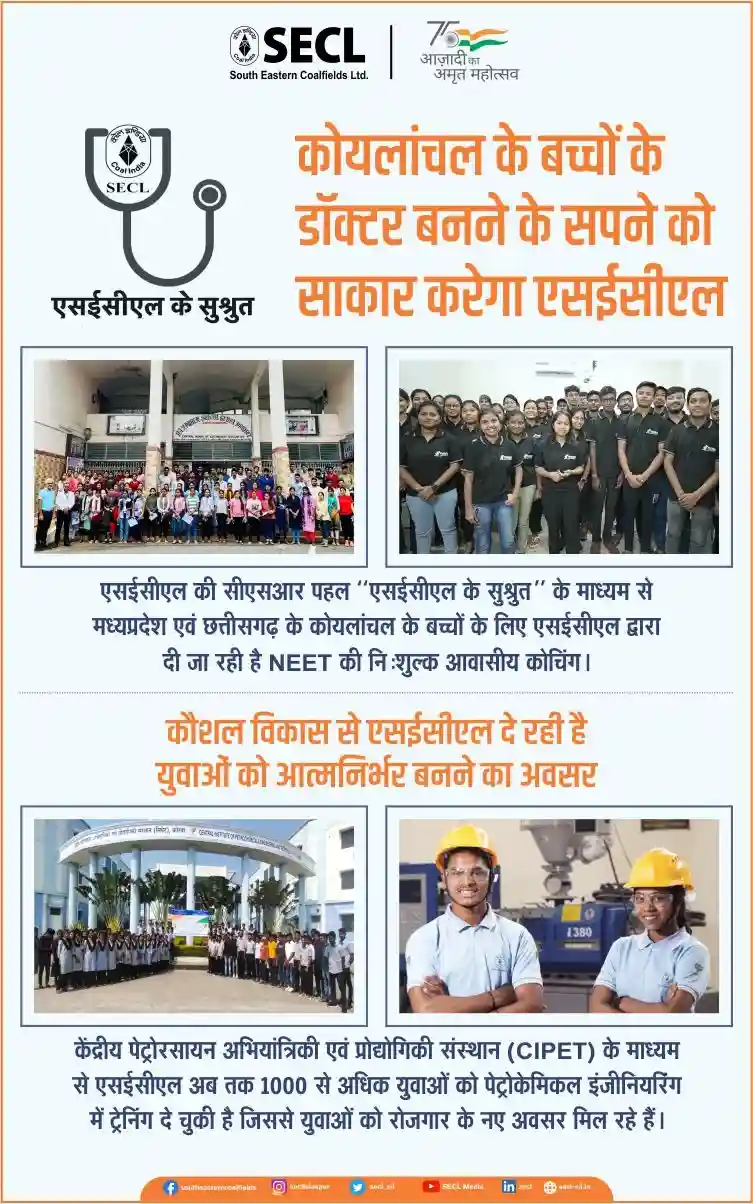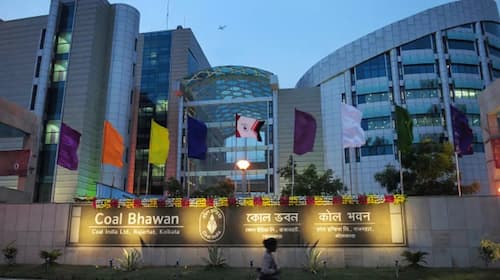Mumbai, 27 May : The Reserve Bank of India (RBI) in its annual report on May 27 said that the Indian economy is likely to bounce back despite global risks. “Despite these risks, the recovery is getting entrenched and is broadening,” the RBI said.
Government Capex outlay will lead to private investment
The report said a substantial increase in Government Capex outlay could lead to an increase in private investment and propel a virtuous cycle, leading to an improvement in aggregate demand. The National Infrastructure Plan and the National Monetization Pipeline are also expected to give a major thrust to infrastructure spending.
The Consumer and business confidence “remains resilient” despite a third COVID wave on the back of accelerated vaccination and improved prospects for economic activity, the report said. It states that a complete recovery in aggregate demand is contingent on a change in private investment.
The RBI said the future path of growth will be conditioned by addressing supply-side bottlenecks and calibrating monetary and fiscal policy support for aggregate demand and structural reforms.
RBI’s Monetary Policy Committee (MPC) had been focusing on growth over inflation for a long time by keeping the repo rate at a record low of four per cent since May 2020. However, it increased its repo rate by 40 basis points to 4.40 per cent in an off-cycle meeting as it pre-empted higher inflation. It had also raised banks’ Cash Reserve Ratio by 50 basis points in its bid to suck out excess liquidity from the banking system.
Price hikes in raw materials and other costs will affect inflation
On price hikes, RBI said cost-push pressures from higher industrial raw material prices, transportation costs, and global logistics and supply chain constraints continue to impact core inflation.
“Substantial wedge between wholesale and retail price inflation amid a sharp rise in inflation of manufactured products poses a risk of a possible passthrough of input cost pressures to retail inflation with a lag, although the slowdown in the economy is muting the passthrough,” the Central Bank said.
The RBI said the Russia-Ukraine conflict and the consequent rise in commodity prices has “overcast the outlook for inflation” in India as in the rest of the world.
India’s key Consumer Price Index (CPI)-based inflation rate soared to an eight-year high of 7.79 per cent in April, staying above the RBI’s upper tolerance limit of six per cent for the fourth consecutive month. RBI is mandated to target inflation at 4 per cent, with tolerance bands of two percentage points spread on either side.
RBI estimates inflation to average at 5.7%
The RBI, in its April policy, revised its inflation projection upwards and sharply cut its growth projections for the economy in the current financial year. The RBI estimates inflation to average at 5.7 per cent in this financial year and pegs economic growth at 7.2 per cent. Economists expect the RBI to raise the inflation forecast at the next monetary policy meeting on June 8.
The RBI, in its April policy, revised its inflation forecast upwards and sharply cut its growth projections for the economy in the current fiscal. RBI estimates that inflation will average 5.7 per cent in the current financial year and economic growth is expected to be at 7.2 per cent.
Follow on Facebook (https://www.facebook.com/industrialpunch) and Twitter (https://twitter.com/IndustrialPunch) for updates on social media…















